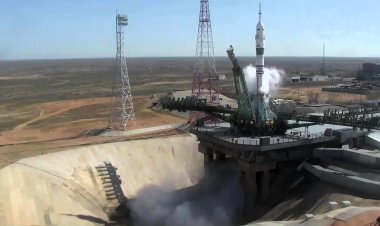Serbia protests escalate in southern city

Anti-government protests in Serbia reached a new intensity as demonstrators gathered in the southern city of Nis, continuing a movement that has become the most significant challenge to President Aleksandar Vucic's decade-long hold on power.
The protests, which have been occurring regularly since November, were initially sparked by a tragic incident at a newly-renovated train station in Novi Sad where a collapsing canopy killed 15 people. What began as a response to this disaster has evolved into a broader anti-corruption movement, with many Serbians blaming the tragedy on systemic government corruption—a charge officials deny.
In a show of solidarity and growing momentum, protesters welcomed groups arriving from other cities, including those who traveled by bicycle and on foot from Belgrade and Novi Sad. The nationwide character of the movement was highlighted by Rastko Djordjevic, who made the journey from Novi Sad and remarked that such widespread "awareness of the need for change" was unprecedented in Serbian history.
The student-led demonstrations have attracted increasing support from the wider public, transforming from localized protests into a national movement demanding accountability and reform. The consistent turnout across multiple cities signals deep-rooted discontent with the current administration.
President Vucic's response has evolved as the protests have gained momentum. Initially dismissive of the demonstrations as Western-backed attempts to destabilize his government, he has since pledged to address corruption concerns more seriously in the face of mounting pressure.
The government's approach to handling the unrest has come under scrutiny, with critics pointing to police raids on civil society organizations as attempts to intimidate independent voices and suppress dissent.
As the protests continue, they represent a critical moment in Serbia's political landscape, with citizens collectively advocating for greater transparency, accountability, and fundamental changes to governance structures.















